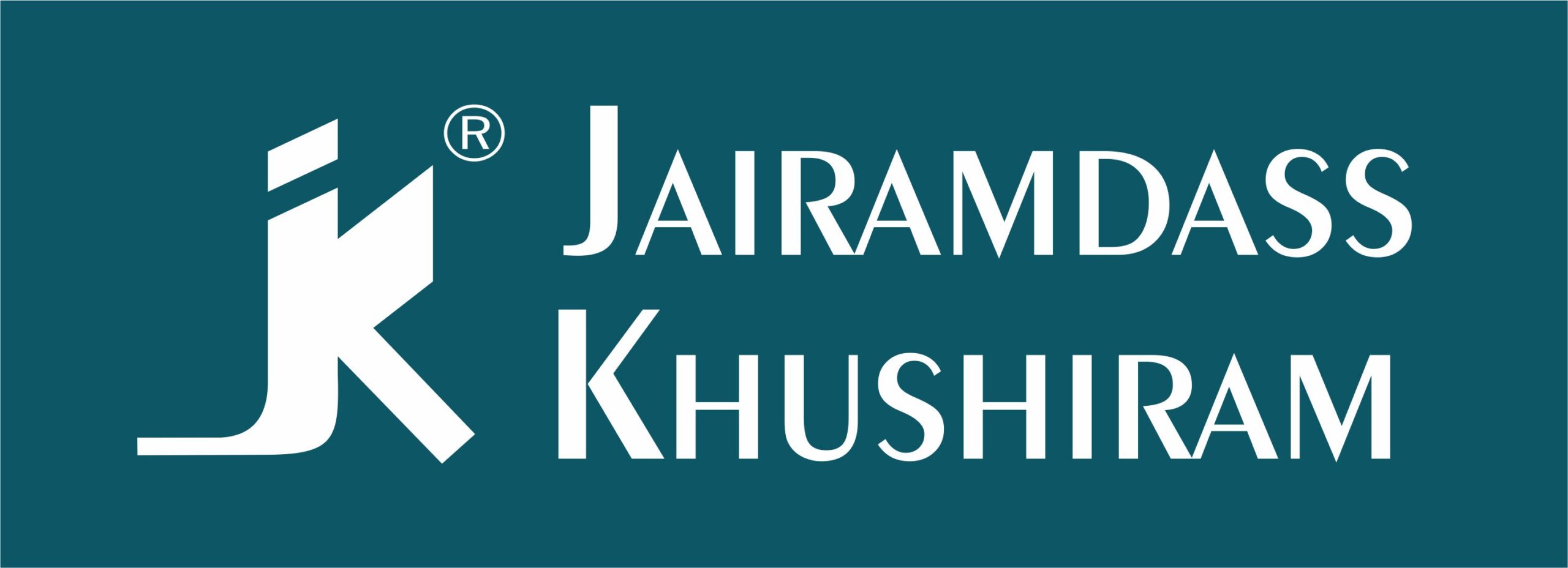
Cassia angustifolia is an Ayurvedic herb more popularly known as Indian Senna. It is mainly used as blood purifier, laxative- for relieving constipation and to treat skin disease. It is also known as Swarnapatri in Sanskrit.

INDIAN SENNA FARM
POINTS FOR GOOD CULTIVATION
Soil:
It is found to grow well on sandy loam and lateritic soils of low to moderate fertility with a pH ranging 7 to 8.5
It is very sensitive to water logged conditions and thus avoid crust forming sticky soils which hinder germination
Climate:
The crop is very sensitive to heavy rainfall and therefore such location should be avoided to grow this crop.
It prefers warm and dry weather during the growing season.
Low temperature is also harmful as it affects the germination
Irrigation:
In the beginning, the field is irrigated at an interval or 6-7 days and later the interval is widened to 15-20 days depending on the weather and soil conditions.
DIFFERENT PARTS

CONTENTS OF SENNA

- RHEIN
- ALOE-EMODIN
- KAEMPFEROL
- ISORHAMNETIN
- GLUSCOSIDES
- MYCRICL ALCOHOL
- ANTHRAQUINONE
HARVESTING PROCESSING AND YIELD
When the bulk of the leaves are fully grown and are thick and bluish in colour, they are stripped by hand.
The crop is usually harvested at 90 days and the subsequent two harvest will be at an interval of 30-35 days.
Pods are picked after 15 days from sets as and when they mature and turn to golden yellow colour.
The leaves and pods so harvested are spread indoors on a clean floor for 7-10 days and dried until 20 per cent moisture.
The dried state is indicated by their light yellow colour.
Drying of leaves and pods in the sun should be avoided.
On average in rain fed condition yield may be about 1000 kg of leaves and 400kg of pods per hectare.


Senna leaves, pods and stems are cleaned as per their required size by different sieve size.
CLEAN AND DRY STORAGE AND PACKING IS CONDUCTED


Make an enquiry to get a quote for CASSIA ANGUSTIFOLIA.



